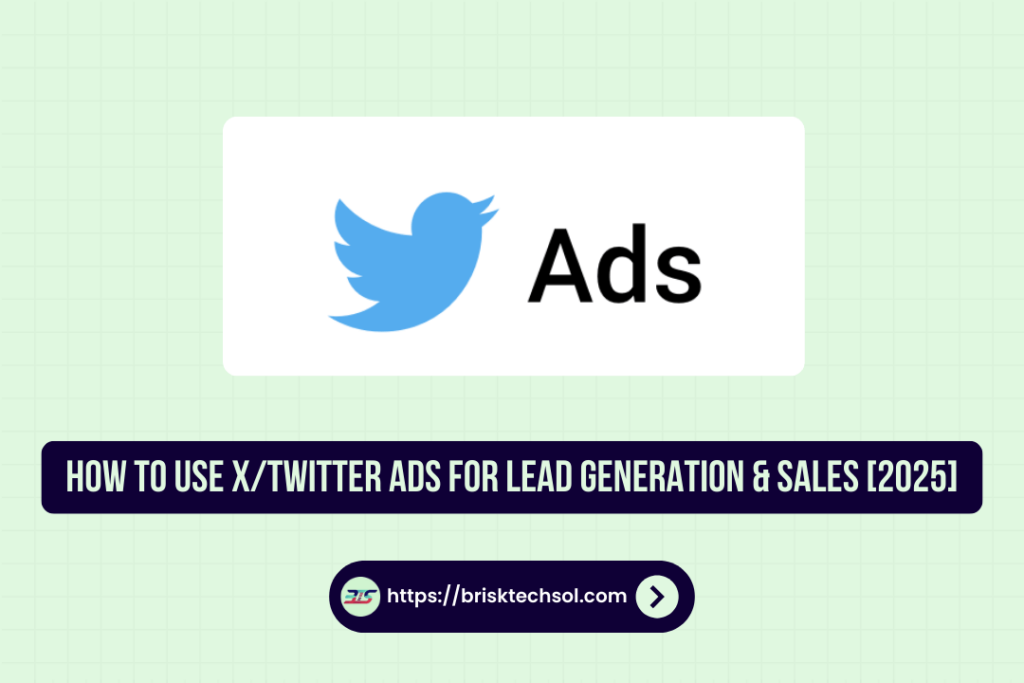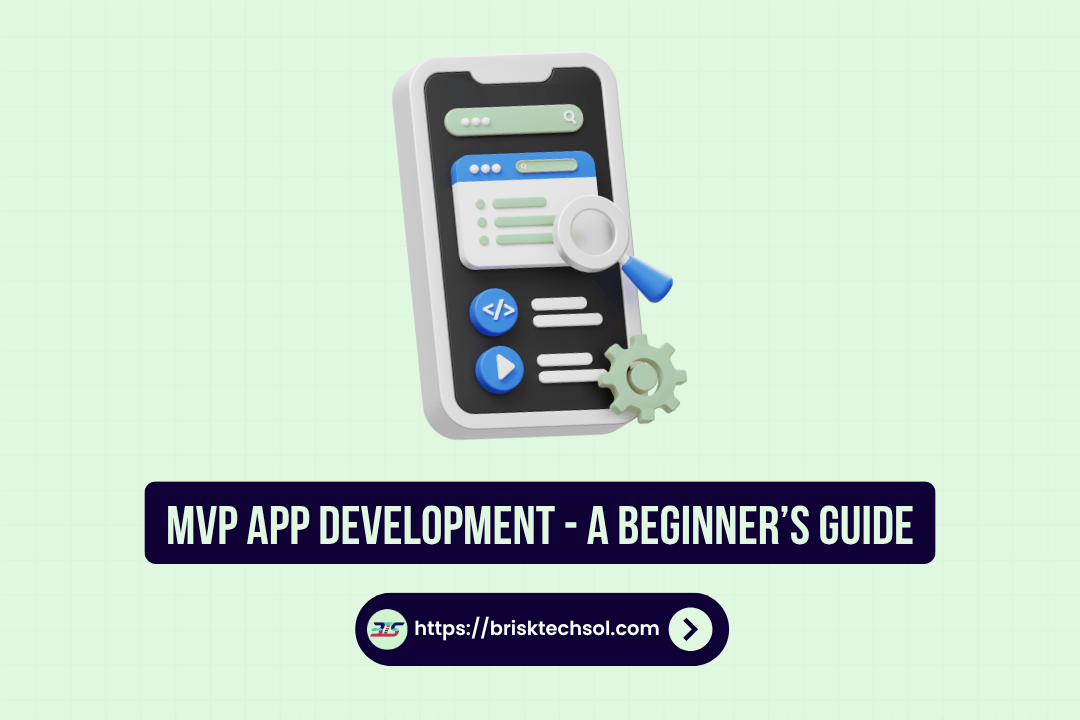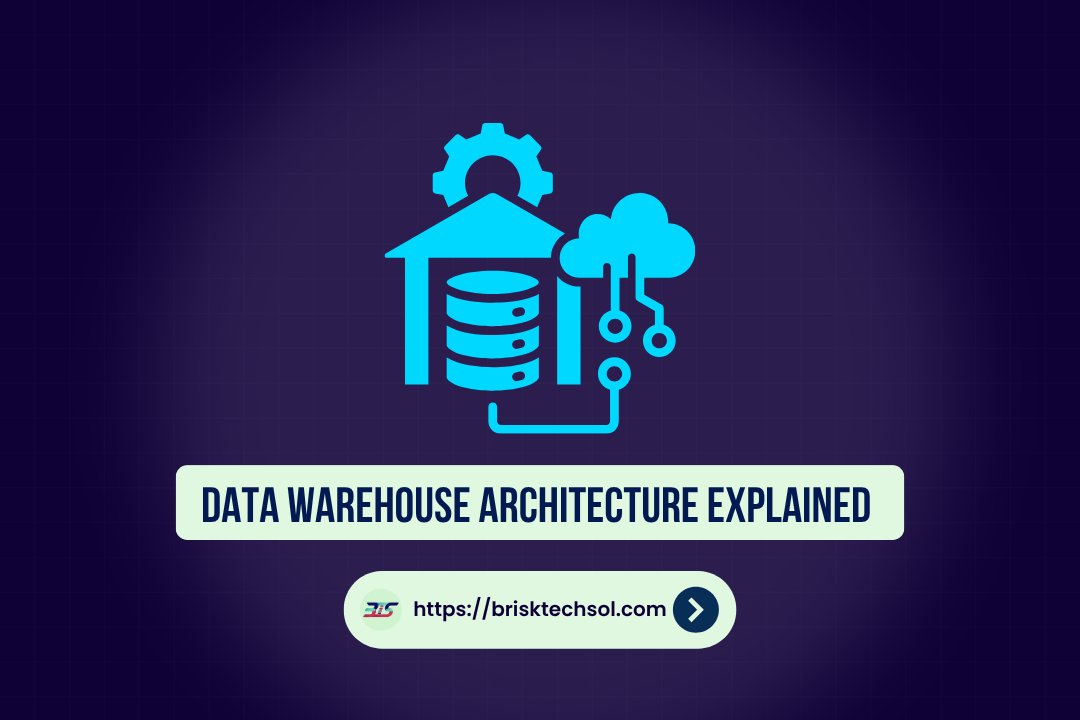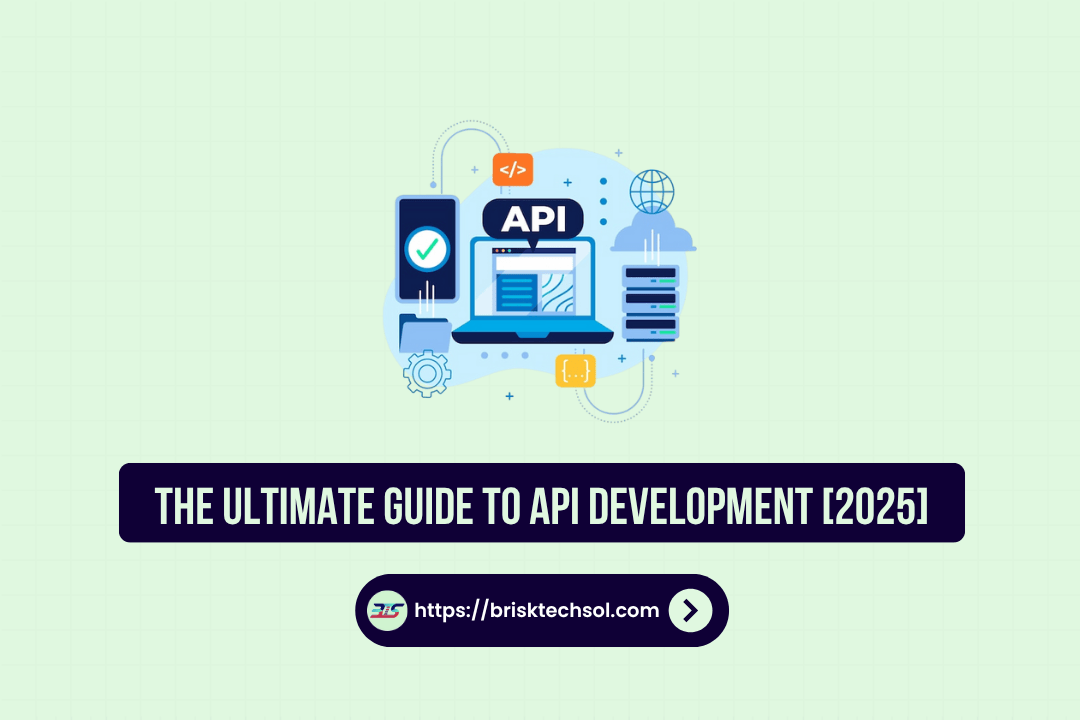Twitter Ads have emerged as a powerful tool for digital marketers aiming to drive lead generation and boost sales. In this comprehensive guide, we explore how to use Twitter’s paid social media platform to target the right audience, optimize ad campaigns, and maximize ROI. Discover essential strategies, best practices, and actionable insights to transform your marketing efforts.
Twitter Ads and Their Role in Digital Marketing
Twitter Ads, including promoted tweets and paid campaigns, have changed digital marketing by providing businesses with a platform to engage with a highly targeted audience. Unlike traditional advertising, Twitter Ads allow marketers to reach potential customers in real time with concise messages that resonate quickly.
What Are Twitter Ads?
Twitter Ads come in various formats, from promoted tweets to video ads, designed to meet different marketing objectives. These ads are particularly effective for lead generation and driving sales because they enable advertisers to reach users based on interests, behaviors, and demographics.
Key Twitter Metrics
Understanding performance metrics is crucial for any campaign. Marketers focus on indicators such as click-through rate (CTR), cost-per-click (CPC), and cost-per-impression (CPM) to gauge ad effectiveness. These metrics are not only vital for tracking performance but also for making data-driven decisions to optimize campaigns.
Industry Statistics and Demographics
Twitter’s diverse user base includes professionals, influencers, and everyday consumers. Recent studies indicate that engagement rates on Twitter Ads often outperform those on other social platforms when campaigns are well-targeted. For example, the platform’s ability to drive real-time interactions makes it a preferred choice for brands looking to build immediate customer relationships.
Quick Table: Twitter vs. Other Social Platforms
| Platform | Engagement Rate | Average CPC | Unique Strength |
|---|---|---|---|
| Twitter Ads | High | $0.50-$2.00 | Real-time interaction |
| Facebook Ads | Moderate | $0.30-$1.50 | Detailed demographic targeting |
| Instagram Ads | High | $0.40-$1.80 | Visual storytelling |
With the right strategy and a deep understanding of Twitter’s advertising mechanics, marketers can use this platform to build brand awareness, generate quality leads, and drive substantial sales growth.
Setting Up Your Twitter Ads Campaign: Planning & Strategy
A well-planned Twitter Ads campaign starts with clear objectives and a deep understanding of your target audience. Whether your goal is lead generation, boosting sales, or building brand awareness, the foundation of a successful campaign is a solid strategy.
Defining Your Objectives
Before setting up your campaign, determine what you want to achieve. Are you looking to drive traffic to your website, generate leads, or increase direct sales? Clearly defining your objectives helps you select the right ad format and messaging. Use measurable KPIs such as conversion rate, CTR, and overall ROI to evaluate performance. For instance, if lead generation is your goal, focus on CTAs that encourage sign-ups and form completions.
Audience Targeting & Segmentation
Twitter offers robust targeting options. You can segment your audience by interests, demographics, location, and even keywords in tweets. Use custom audiences to retarget past website visitors or existing customers. This precision in targeting ensures that your promoted tweets reach those most likely to convert, reducing wasted impressions and improving cost efficiency.
Budgeting and Bidding Strategies
Allocating the right budget is essential. Twitter Ads work on a bidding model where you can set bids based on your cost-per-click (CPC) or cost-per-impression (CPM) goals. Monitor your spending closely and adjust your bids to maintain competitiveness. Many successful campaigns start with a modest budget and scale up as performance metrics improve. Use historical data and industry benchmarks to set realistic bid amounts.
Crafting Your Ad Creative & Copy
The creative aspect of your campaign is where high-density keywords and engaging content come into play. Develop concise, attention-grabbing ad copy that incorporates industry jargon such as “customer acquisition,” “conversion optimization,” and “engagement metrics.” Complement your text with striking visuals or videos to capture user attention. Consistency in messaging and a strong call-to-action (CTA) are critical to drive conversions.
Quick Table: Campaign Planning Checklist
| Element | Details |
|---|---|
| Objective | Define clear goals (leads, sales, awareness) |
| Target Audience | Identify demographics, interests, and behaviors |
| Budget | Set daily and overall campaign budgets |
| Timeline | Determine campaign duration and key dates |
| KPIs | Establish metrics such as CTR, CPC, conversion rate |
By following a structured approach from defining objectives to fine-tuning your ad creative you can lay the groundwork for a successful Twitter Ads campaign. Remember, every element of your campaign should be optimized with targeted keywords, ensuring that your content resonates with both the platform’s algorithms and your intended audience.
Best Practices for Twitter Ads in Lead Generation
Optimizing Twitter Ads for lead generation requires a focus on engagement, clarity, and continuous testing. This section covers proven tactics to help you generate quality leads and nurture potential customers effectively.
Creating Engaging Promoted Tweets
The first step in lead generation is crafting promoted tweets that captivate your audience. Use compelling visuals, concise language, and strong CTAs. Integrate high-density keywords such as “lead generation,” “customer acquisition,” and “conversion optimization” naturally into your content. Experiment with different ad formats, including image tweets, video ads, and carousel ads, to see what resonates best with your target market.
Optimizing Landing Pages & Calls-to-Action
Once users click on your ad, the landing page experience is crucial. Ensure that your landing pages are optimized for speed, mobile responsiveness, and clear messaging. A strong CTA that aligns with your Twitter ad message is essential. For instance, a “Sign Up Now” button that stands out on a minimalistic landing page can significantly boost conversion rates. Integrate keywords and industry jargon seamlessly to maintain relevance.
A/B Testing and Performance Monitoring
A/B testing is a vital component of successful lead generation campaigns. Test different versions of your ad copy, visuals, and CTAs to determine what works best. Track performance metrics such as conversion rate, bounce rate, and cost-per-lead to refine your approach continuously. Use Twitter Analytics and third-party tools to gather insights and make data-driven adjustments.
Integrating Twitter Ads with CRM and Email Marketing
Maximize the value of your generated leads by integrating Twitter Ads with your CRM system and email marketing platforms. This integration enables you to nurture leads through automated follow-up sequences and targeted email campaigns. Segment your leads based on engagement levels and tailor your messaging accordingly to improve lead quality and conversion rates.
Quick Table: Lead Generation Techniques Comparison
| Technique | Conversion Rate | Cost Efficiency | Notes |
|---|---|---|---|
| Optimized Landing Pages | 5-7% | High | Focus on speed and clear CTAs |
| A/B Testing | 4-6% | Moderate | Continuous improvement essential |
| Integrated CRM | 6-8% | High | Enhances lead nurturing and follow-up |
By adhering to these best practices, you ensure that every element of your Twitter Ads campaign is designed for maximum lead capture. Using both creative ad content and strong backend integration will drive higher quality leads and ultimately improve your overall conversion rates.
Driving Sales Through Twitter Ads – Tips & Techniques
While generating leads is crucial, converting these leads into sales is the ultimate goal. This section explores advanced strategies and actionable tips to boost sales using Twitter Ads.
Retargeting Strategies and Custom Audiences
Retargeting is a proven strategy for driving sales. Create custom audiences based on previous interactions with your website or ads. By showing tailored ads to users who have already expressed interest, you increase the likelihood of conversion. Utilize industry metrics and performance data to adjust your retargeting frequency and messaging. Use phrases like “re-engage” and “conversion funnel” to emphasize a data-driven approach.
Using Hashtags & Trendjacking for Sales
Hashtags are not only for organic reach; they can also play a significant role in paid campaigns. Incorporate trending hashtags that align with your product or service to increase visibility. Trendjacking capitalizing on current events or popular topics can drive additional traffic and sales if executed strategically. Ensure your promoted tweets include relevant LSI keywords such as “sales conversion” and “customer acquisition.”
Timing and Frequency of Ad Delivery
The success of your Twitter Ads is often influenced by timing. Schedule your campaigns to run when your target audience is most active. Experiment with different times and analyze engagement metrics to determine optimal delivery. A strategic mix of peak-hour ads and retargeting sessions can lead to higher sales conversion rates.
Case Studies & Success Stories
Real-world examples add credibility to your strategies. Highlight case studies that showcase how businesses have successfully increased sales using Twitter Ads. Discuss specific tactics, such as adjusting ad budgets or creative A/B testing, that resulted in measurable improvements. Sharing success stories reinforces best practices and encourages readers to implement similar strategies.
Quick Table: Sales-Driving Strategies & Key Metrics
| Strategy | Average CTR | ROI Improvement | Key Benefit |
|---|---|---|---|
| Retargeting | 3-5% | +20-30% | Higher conversion from warm leads |
| Hashtag Integration | 2-4% | +15-25% | Increased visibility and engagement |
| Timed Ad Delivery | 3-6% | +10-20% | Maximizes audience reach |
By combining these sales-focused tactics with continuous performance analysis, you can transform your Twitter Ads into a robust sales engine. The strategic use of retargeting, timely ad delivery, and trend-based promotions ensures that your campaigns not only generate leads but also convert them into paying customers.
Measuring, Analyzing & Optimizing Campaign Performance
Measuring and analyzing your Twitter Ads campaign is essential for continuous improvement and sustained success. In this section, we discuss the critical performance metrics and tools you need to track, analyze, and optimize your ad efforts.
Essential KPIs and Metrics
Key performance indicators (KPIs) for Twitter Ads include click-through rate (CTR), cost-per-click (CPC), conversion rate, and overall return on investment (ROI). Monitoring these metrics allows you to evaluate campaign performance objectively. For instance, a higher CTR generally indicates that your ad copy and creative are resonating with your audience, while a low conversion rate may signal the need to optimize your landing page or CTA.
Analytics Tools and Dashboard Examples
Twitter Analytics, along with third-party tools, provides a wealth of data to guide your strategy. Create a custom dashboard that consolidates all critical metrics, enabling real-time monitoring and quick adjustments. Tools such as Google Analytics, Hootsuite, or Sprout Social can complement Twitter’s native analytics. Integrating these data sources helps in painting a full picture of your campaign performance and guides iterative improvements.
Adjusting Your Strategy Based on Data
Data-driven insights should be the cornerstone of your optimization efforts. Regularly review your performance metrics and identify trends. For example, if your CPC is rising without a corresponding increase in conversions, consider testing new ad creatives or adjusting your targeting parameters. Use A/B testing to experiment with different approaches and apply successful tactics across your campaigns.
Continuous Improvement & A/B Testing
Even successful campaigns benefit from continuous refinement. Implement structured A/B testing protocols for ad copy, images, and CTAs. Document the results and iterate on the best-performing elements. This continuous improvement cycle ensures that your Twitter Ads remain effective and competitive over time.
Quick Table: Sample Metrics Dashboard
| Metric | Current Value | Target Value | Notes |
|---|---|---|---|
| CTR | 3.5% | 4.0% | Adjust ad copy for improvement |
| CPC | $1.20 | $1.00 | Optimize bid strategies |
| Conversion Rate | 5% | 6% | Refine landing page design |
By consistently measuring and analyzing your campaigns, you can quickly identify underperforming areas and implement necessary changes. The integration of analytics with A/B testing ensures that every element of your Twitter Ads strategy is continuously optimized, leading to improved ROI and sustained sales growth.
Key Takeaways
- Powerful Advertising Tool: Twitter Ads offer a dynamic platform for lead generation and boosting sales by reaching a highly targeted audience in real time.
- Understanding the Basics: Familiarize yourself with different Twitter ad formats promoted tweets, video ads, etc. and important metrics such as CTR, CPC, and CPM.
- Strategic Planning: Begin with clear objectives (lead generation, sales, or brand awareness) and a well-defined strategy that includes audience targeting, budgeting, and ad creative development.
- Optimizing for Leads: Use engaging content, optimized landing pages, and A/B testing to improve conversion rates and drive quality leads.
- Driving Sales: Use retargeting, custom audiences, and trend-based tactics like hashtag integration to enhance sales conversions.
- Data-Driven Optimization: Regularly monitor key performance indicators and use analytics tools to adjust your campaign for maximum ROI.
- Comprehensive Integration: Integrate Twitter Ads with your CRM and email marketing systems to nurture leads and support long-term sales growth.
FAQ’S
How do I start a Twitter Ads campaign?
Begin by setting clear objectives, defining your target audience, and selecting the right ad format. Develop compelling creative content and set a budget that aligns with your goals.
What is the average cost-per-click (CPC) for Twitter Ads?
Twitter Ads generally have a CPC ranging from $0.50 to $2.00, depending on targeting, industry, and competition.
How can Twitter Ads boost lead generation?
Targeted promoted tweets and precise audience segmentation help drive quality leads. Strong CTAs and optimized landing pages further improve conversion rates.
What key metrics should I track?
Focus on CTR, CPC, conversion rate, and overall ROI. Regularly monitor these KPIs to optimize your campaigns effectively.
How do I improve my Twitter Ads’ ROI?
Utilize A/B testing, refine your ad creative, adjust targeting, and integrate analytics data to continuously optimize performance.









